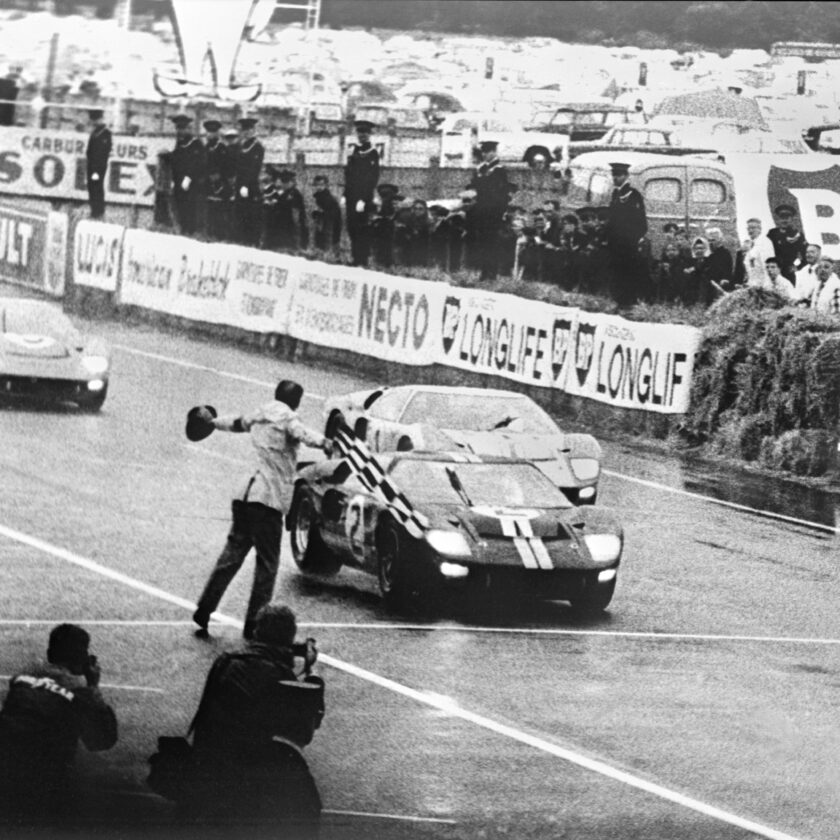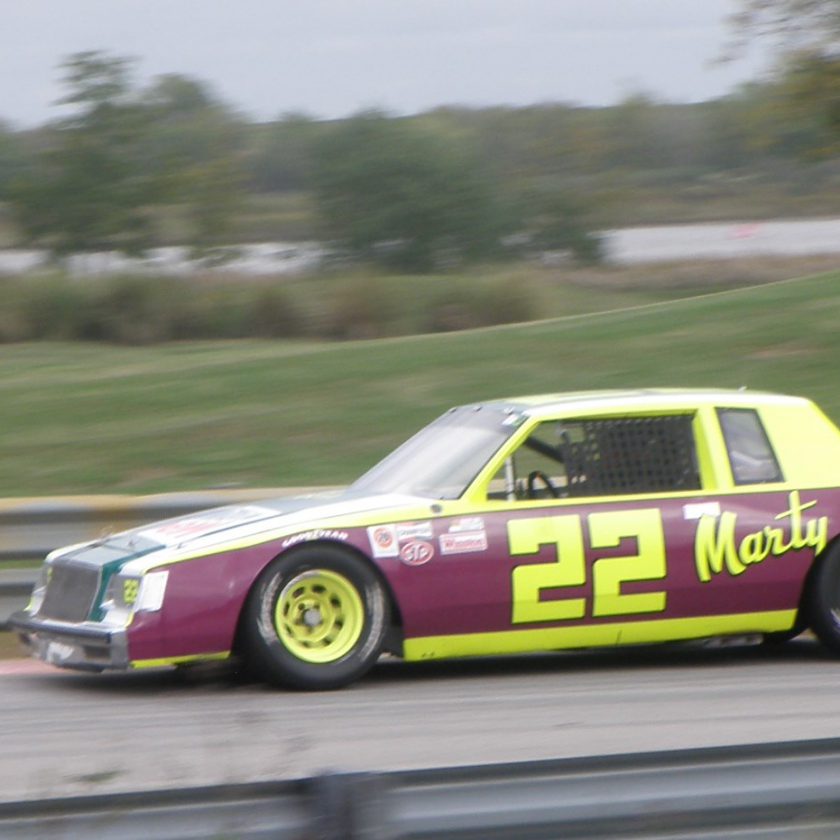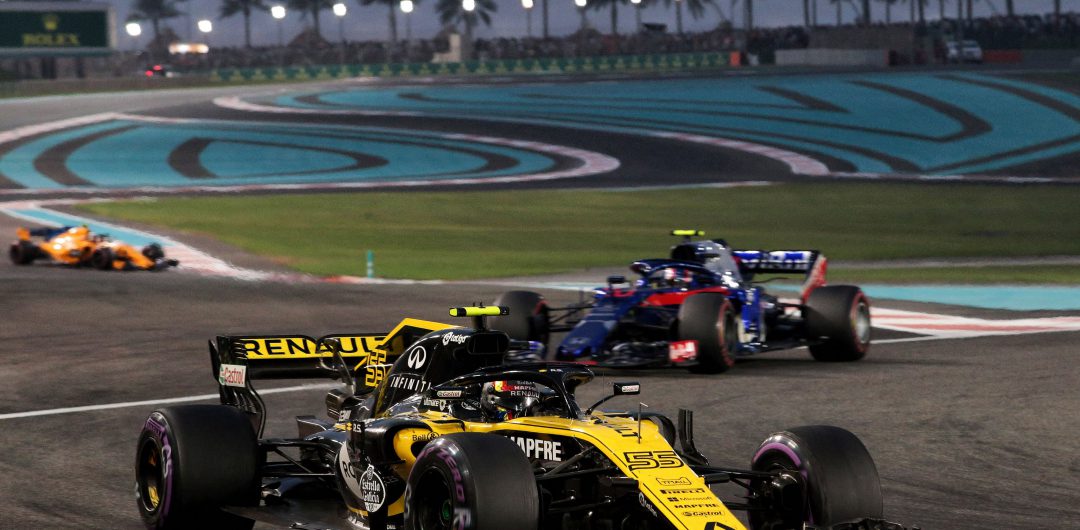Having been born in 1950, my first memories of Le Mans come from the early 60’s, when ABC’s Wide World of Sports began covering the race and showing highlights. In those days it was a race on two-lane country roads, with trees and stone walls lining much of the circuit, leading to many deaths, as racing and safety were seldom used in the same sentence.
In 1961, ABC had a crew there and showed a few hours of the race. Phil Hill and Olivier Gendebien won the race in a Ferrari Testa Rossa, and it rained a lot during the night. I can still remember Chris Econamaki interviewing Hill after he came in to hand the car over to Gendebien, and of course have the car refueled and get fresh tires.
When asked how things were “out there” Hill was bugeyed and nearly apoplectic. “It’s awful out there. The rain is so hard you can hardly see anything. I’m closing on the slower cars and just barely avoid hitting them! It’s horrible. They might want to think about stopping it!” Later, when Gendebien brought the car in and turned it back to Hill, after having driven two hours in the same conditions as Hill, and asked the same question, he said, “It is like, how you say in America, like driving down to the store for a pack of cigarettes.”
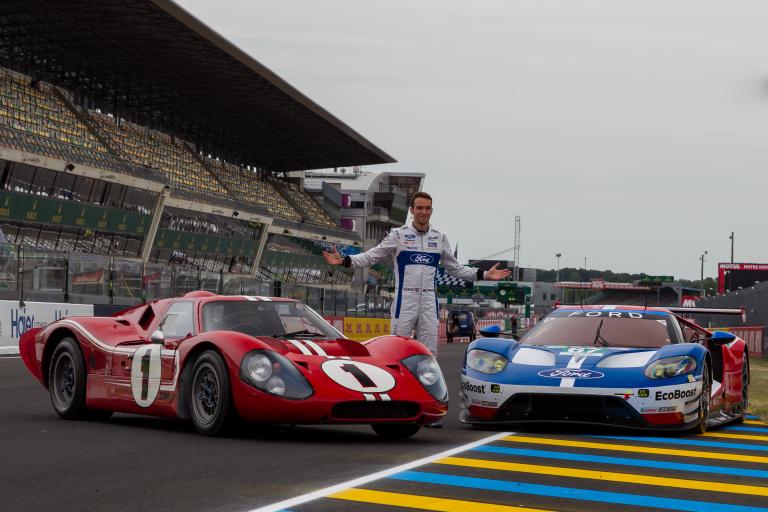
Photo: Lemans.org
That proved to be a perfect introduction to the world’s greatest race, and there was more coverage on American tv in the 60’s, as the Ford/Ferrari wars became so compelling from 1964 through 1969, culminating in 4 consecutive wins for Ford overall, and GT class wins for the Shelby Cobra team. Ford started with 3 GT-40’s in 1964, and by 1967, when A. J. Foyt and Dan Gurney won in the Ford Mark IV, a car so dominant it was immediately banned, there were 10 Ford Prototypes entered, of various types with various engine sizes. At the end of the 1967 race, Dan Gurney was so happy to have won he sprayed champagne on his teammates and fans, creating a tradition for race-winning drivers that continues to this day.
The small Chaparral team, after winning the Sebring 12 Hours in 1965, decided to compete in the prototype class in 1966 and 1967, fielding a 2-car team of beautiful, innovative cars that achieved limited success, winning the Nurburgring 1000km race in 1966 over Ford and Ferrari, and winning the BOAC 500km race at Brands Hatch in 1967. These were the first cars to use an airbox to bring fresh air into the engine, the first to use a movable high wing, and the first to move the radiators out of the nose, and into the middle of the car. They failed to finish at Le Mans either year, but their legacy of innovation was assured.
After 1967, with the Ford factory team no longer competing, the coverage in the US became much more limited, until the early 80’s when ESPN started showing the race. Ford dominance continued for two more years, with the Gulf-sponsored John Wyer team winning in 1968 and 1969, with the same car, powered by the smaller 4.7 litre engine that had been developed for the Cobras and Mustang GT 350’s.
The early 70’s battles between the Porsche 917’s and the Ferrari 512’s were chronicled in Steve McQueen’s film “Le Mans” featuring some of the best racing scenes produced for any movie ever. The Ford-Ferrari years have been covered in several books and an excellent documentary, “The 24 Hour War.”
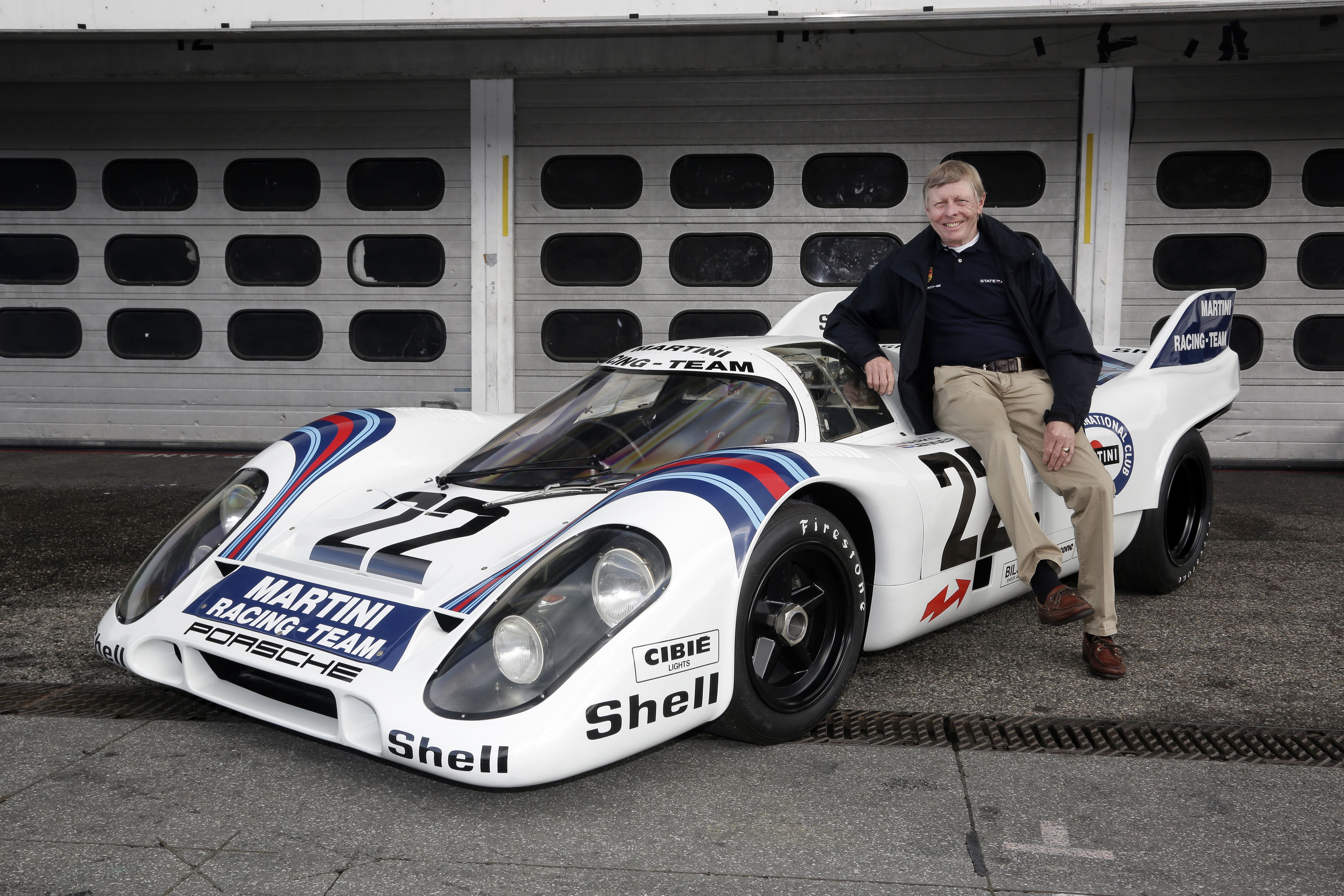
Photo: Porsche Motorsport
ESPN’s coverage of the race started in the early 80’s, coinciding with the arrival of the Group C rules, the cars I still consider the most beautiful ever to compete at Le Mans. The Porsche 956 dominated early, and continued to be competitive for 10 years, through the development of the 962. Mercedes came back to the race after being out of racing for over 30 years, following the tragedy at Le Mans in 1955.
Jaguar returned and won the race in 1988, Mazda won in 1991, still the only Japanese manufacturer to win overall, and Peugeot won the race in 1992 and 1993 in the fabulous 905.
Despite the fact that the Group C regulations brought so many manufacturers back to the race, the ACO chose to change the rules in the mid-90’s, going to the silhouette GT1 cars and adding the horrible chicanes that now disfigure the Mulsanne straight. Even as kind and gracious a person as Derek Bell has called those chicanes “a travesty” and I completely agree, especially considering how they have become magnets for the worst accidents in most races.
By this time tv coverage of the race in the US had moved to the Speed Channel, and they covered the era of Audi dominance, which began in the late 90’s, and when they were off the air, John Hindhaugh and his friends at Radio Le Mans plugged all the gaps. The Audi years have been covered beautifully in the two “Truth in 24” documentary films.
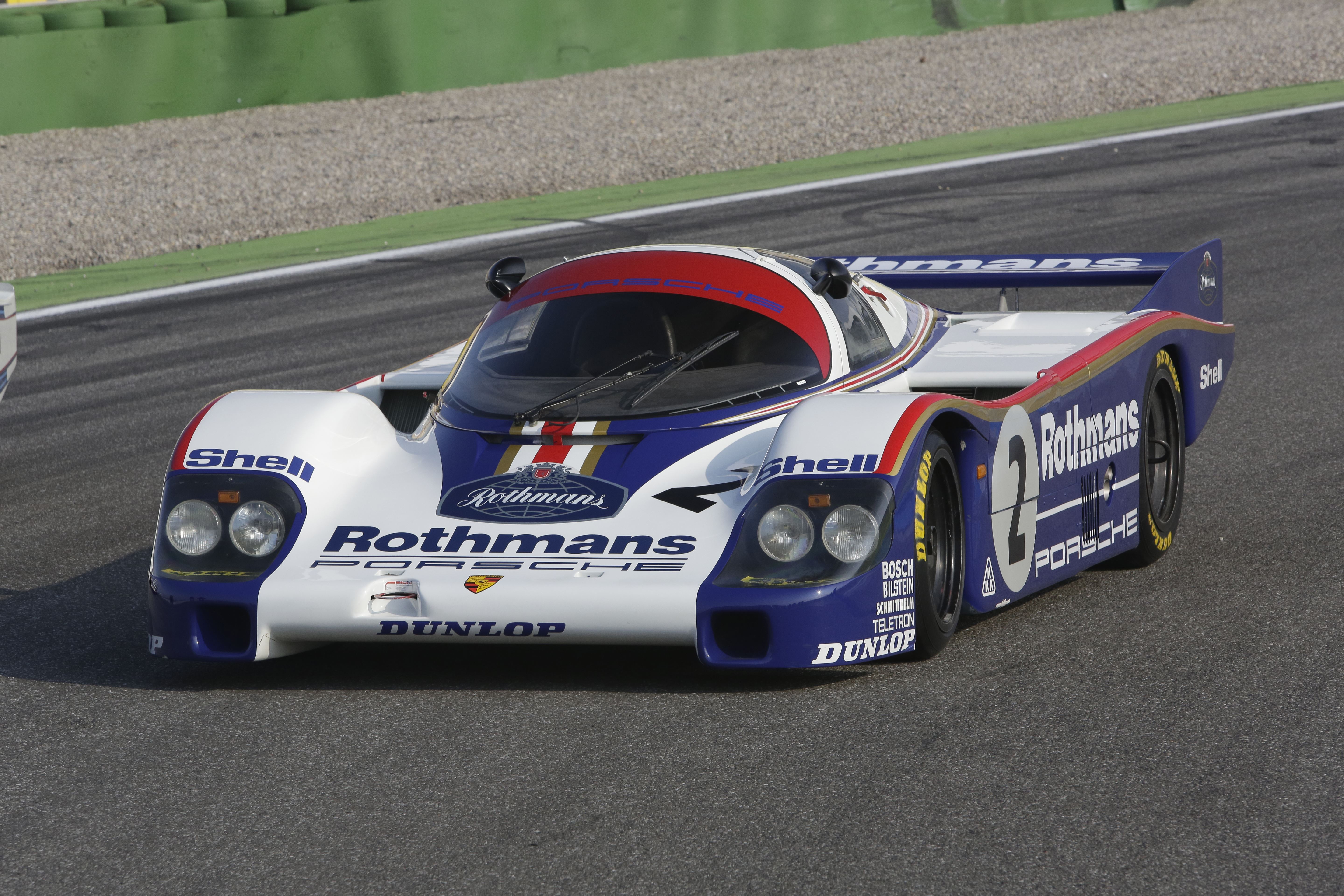
Photo: Porsche Motorsport
Following the demise of Speed, coverage moved to Fox Sports and became very limited, leading most fans in the US to subscribe to the WEC feed. The race itself, following years of Audi dominance, became a hard-fought battle in the late 2000 decade between Audi and Peugeot, then in the 2010’s Toyota, and then Porsche, joined the battle for the overall victory with the powerful hybrid cars, the most technologically advanced racecars on the planet; sorry Formula One.
This year’s race is going to be covered in the US on the Velocity channel, showing the whole 24 hours. I’ll stay up for most of it, with some genuine French champagne for the early hours, and craft beer for the rest, and plenty of snacks. Despite not caring for all of the changes made to the track, other than the safety improvements, it’s still the greatest race in the world, and that blazing fast section between Mulsanne and Arnage is still essentially the same as it always has been, just a wider road now.
It’s one of my favorite annual traditions and I’m sure this year will be memorable in its own way.

